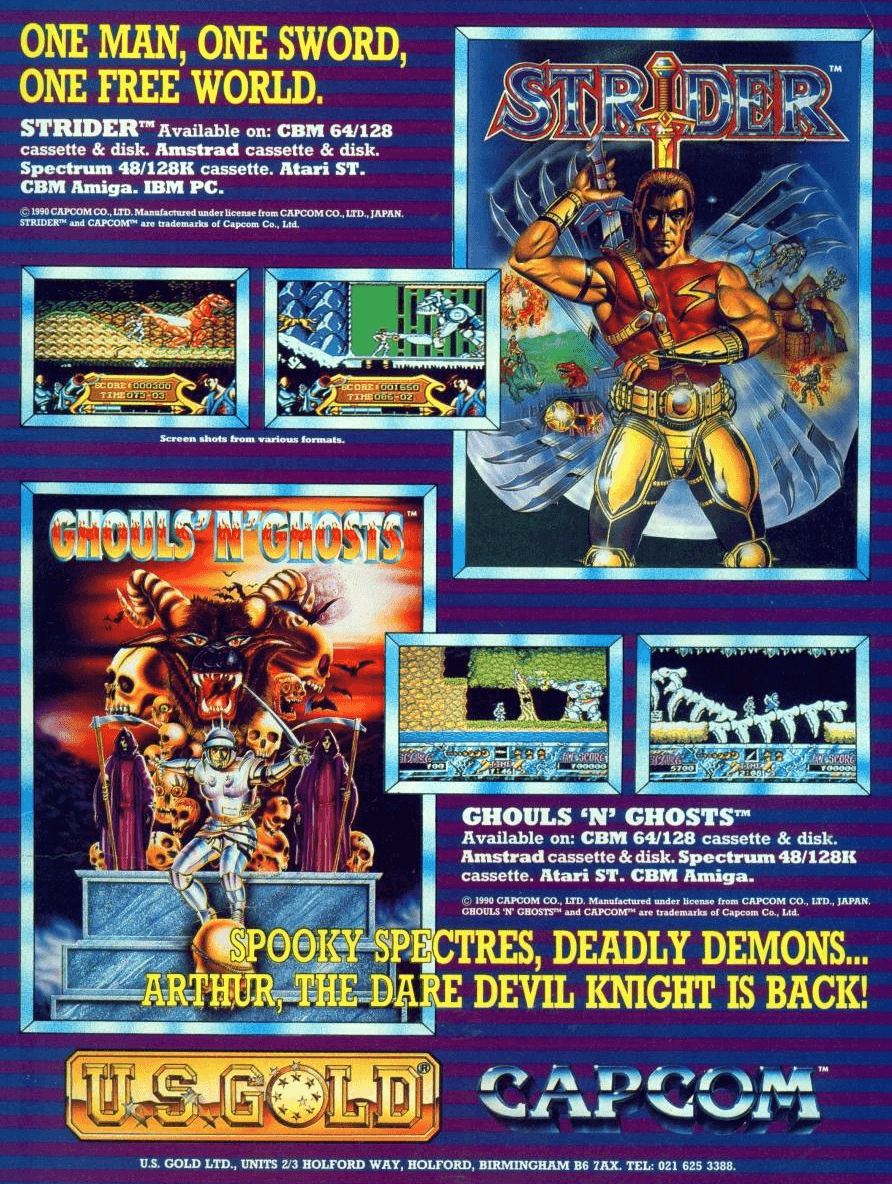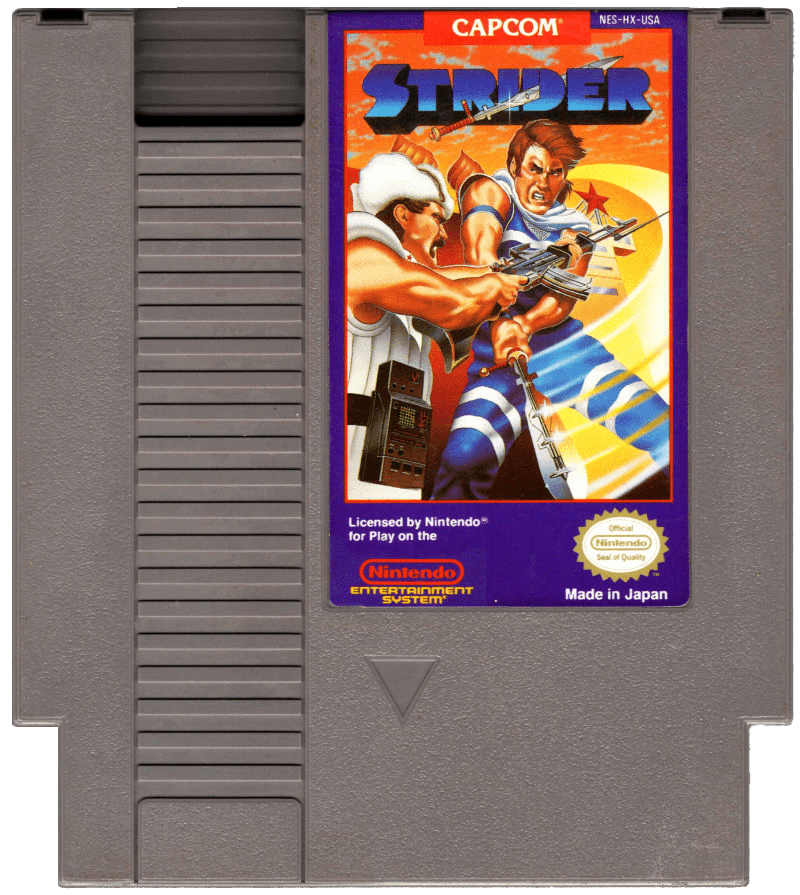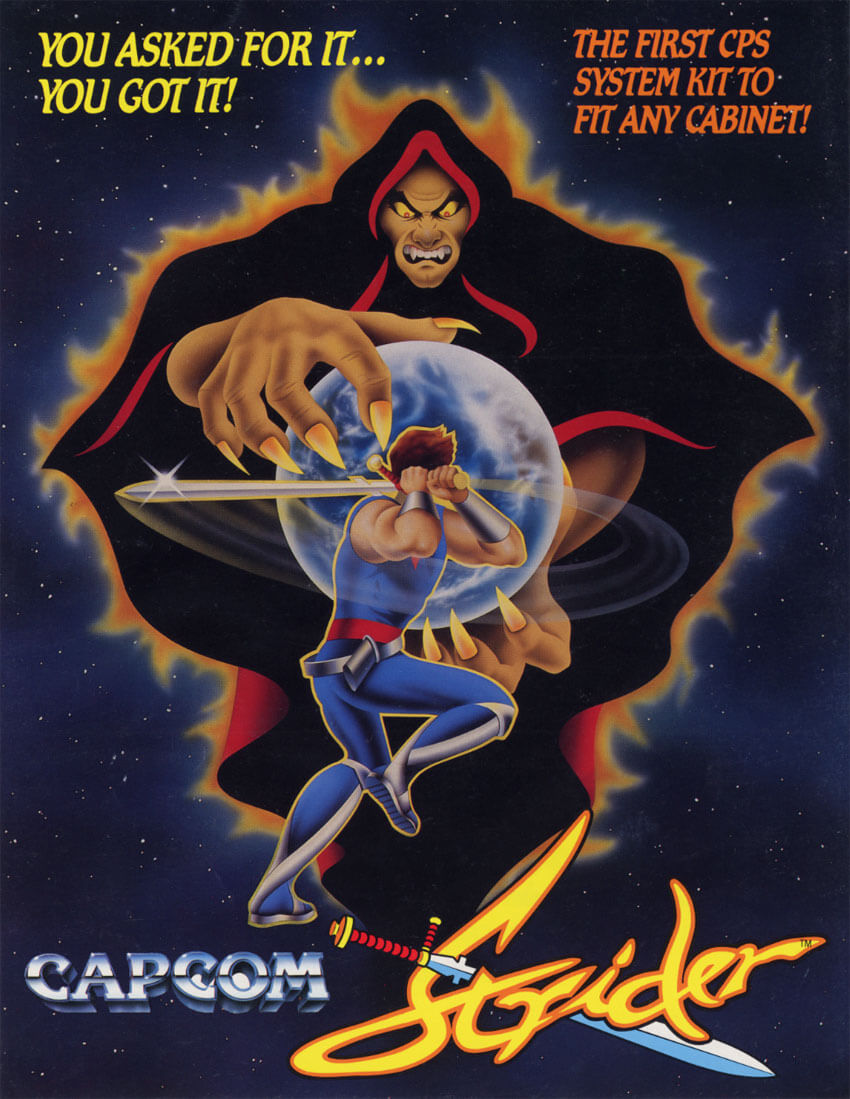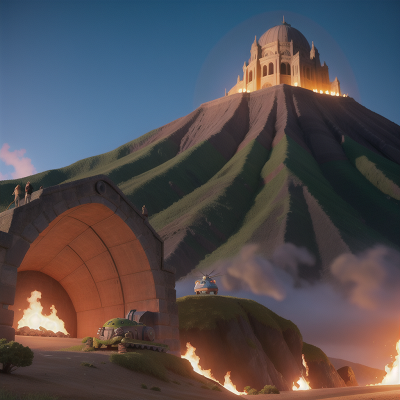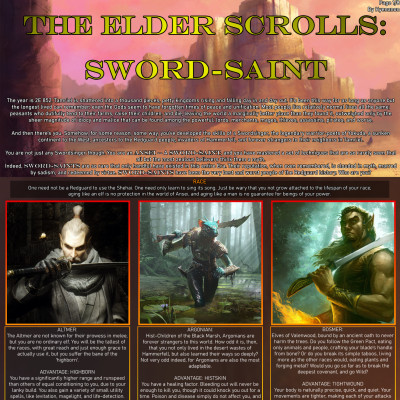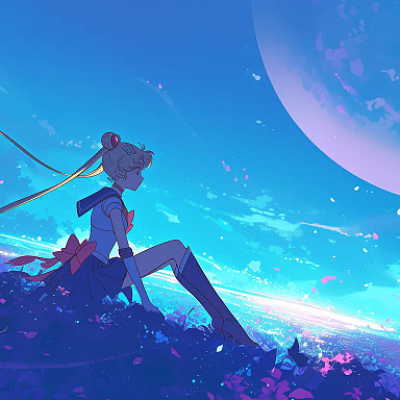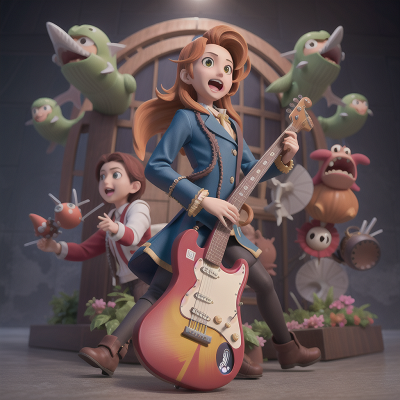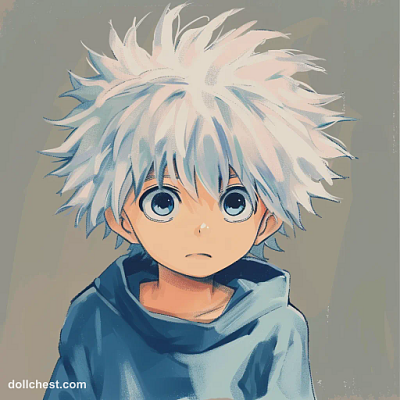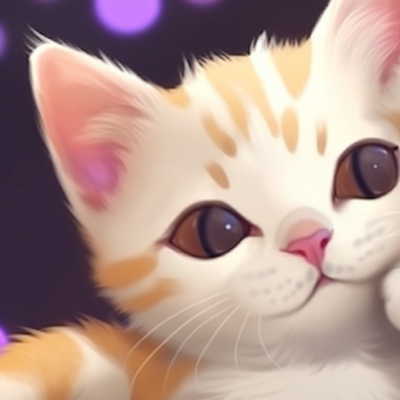Strider - Video Game From The Late 80's
5 years ago • 6,380 Views • 9 Files
The year is 2048 AD. In Russia, the evil Grand Master Meio has begun his insane plot to take over the universe. A lone figure drops from a stealth glider into Meio's base. He is Hiryu, Super A-Class Strider. His mission is to defeat the Grand Master and put an end to his plotting once and for all.
Strider lets the protagonist run, jump, perform acrobatics and climb walls and overhangs. He wields a plasma sword, called a Cypher, through five levels fighting robots and guards, with mid- and end-level bosses.
The arcade version of Strider was part of a three-way project conceived in a collaboration between Capcom and Hiroshi Motomiya's manga studio Moto Kikaku, which also included the Strider Hiryu manga by Moto Kikaku's Tatsumi Wada that was published in Kodansha's Comic Computique anthology in Japan, as well as the NES version of Strider. Kouichi Yotsui, director of the coin-op Strider (who is credited as Isuke in the game), was chosen for his experience with the CP System hardware while working as a background designer on Ghouls 'n Ghosts. The three projects were developed independently of each other.
The original arcade game soundtrack was composed entirely by female video game music composer Junko Tamiya, who was not credited for her work in the arcade version but was mentioned as part of the original arcade staff in some console adaptations. Early revisions of the arcade game were missing the unique music for the Aerial Battleship and Third Moon stages. In this version the music from the first stage of the game was repeated here instead.
Strider contains many different styles of themes that change dynamically throughout the game according to the stages and the situations on screen. These range from experimental and progressive futuristic sci-fi action themes to baroque, tribal and classical music pieces. Elements from the soundtrack have also been used in other Capcom games where Hiryu has appeared. These include the Marvel vs. Capcom series as well as other Strider related games.
Home versions
Ports of Strider for the Amiga, Amstrad CPC, Atari ST, Commodore 64, DOS, and ZX Spectrum were published by U.S. Gold and developed by Tiertex in 1989. The U.S. Gold versions has the order of the third and fourth stages swapped (the order of the cut-scenes were kept the same, causing a continuity error), and the final battle with the Grandmaster missing (the last stages ends with the battle against the giant robot gorilla Mecha Pong). As a result, the ending was changed to reveal that the events of the game were a simulation that the player was going through. All five versions featured downgraded graphics, less music and missing enemies compared to the arcade version. Additionally, the controls were modified so that the game would be compatible with one-button joystick controllers. Despite these changes, all of the U.S. Gold releases received high review scores by computer game magazines of the time. Later, in 1992, the assets of the Amiga versions were used for the conversion on the Sega Master System, also made by Tiertex. A final fight with the Grandmaster was added in this version, but the ending credits continue to say that all was just a simulation.
[Megadrive/Genesis]
Sega produced their home version of Strider for the Mega Drive/Genesis, which was released in Japan on September 29, 1990, with subsequent releases in North America and the PAL region. It was advertised as one of the first 8-Megabit cartridges for the system, and went on to be a bestseller. This version was also re-released for the Wii Virtual Console in Japan on November 15, 2011 and later in North America on February 16, 2012. The Genesis/Mega Drive version contains a different ending from the arcade game. This ending shows the destruction of the final stage as the game's protagonist makes good his escape. This is then followed by the main credit sequence that sees Hiryu flying his glider in space and reminiscing about the various encounters he had during his mission as he heads back to earth. The ending theme was an edited combination of two separate pieces of music planned for the arcade game, but replaced with a repeat of the first level music. Computer magazine ACE considered the previous Amiga conversion to be "as good as this one".
[Sharp X68000]
Capcom separately produced a version for the Sharp X68000 computer in 1991, releasing it exclusively in Japan. It is a very close reproduction of the arcade original, with minimal changes.
[PC Engine CD]
NEC Avenue produced a PC Engine version of Strider Hiryu, which was released exclusively in Japan on September 22, 1994. The PC Engine version was released as a CD-ROM² title which requires the Arcade Card expansion. The PC Engine port features an all-new desert stage that was not in the arcade version, as well as newly recorded cut-scenes, music and dialogue, with Japanese voice actor Kaneto Shiozawa as the voice of Hiryu and Kōji Totani as the Grand Master. The PC Engine version is notable for its long development process, having been planned in various formats, including the ill-fated SuperGrafx at one point.
[Playstation]
The PlayStation version of Strider was first released by Capcom in 2000 as a second disc which came packaged with the PlayStation version of Strider 2. The North American release has the Strider and Strider 2 game code pressed onto the wrong disc. This version was reissued separately in Japan on October 24, 2006 as part of the Capcom Game Books series, which included an extended manual and strategy guide for the game. This makes this standalone version technically the last original PlayStation game ever made, released after the system's discontinuation in March 2006.
Unreleased SAM Coupé version
When the SAM Coupé computer (which was derived from the Spectrum but had similar graphics power to 16-bit machines) was launched, US Gold declared that "If, as with Strider, we've already produced a games across all common formats, all we have to do is simply take the code from the Speccy version and the graphics from the ST and sort of mix them together. This should take one bloke around two weeks at most". Whether this was the case or not (and it doesn't sound like good programming practice), the game was never converted to the system.
Legacy
NES game Strider was released for the NES exclusively in North America a few months after the arcade version's release. This version was produced alongside the arcade game but follows the plot of Moto Kikaku's tie-in manga. A Famicom version of the same game was planned for release in Japan, but never made it to the shelves.
[Arcade compilations]
The original arcade version was included in the 2006 video game compilations Capcom Classics Collection: Remixed for the PlayStation Portable [PSP] and Capcom Classics Collection Vol. 2 for the PlayStation 2 and Xbox. A Japanese mobile phone version was released in 2010.
Sequels
Under license from Capcom U.S.A., U.S. Gold and Tiertex produced a Strider sequel in Europe titled Strider II (released in North America as Journey From Darkness: Strider Returns) for various computer platforms, as well as the Sega Genesis/Mega Drive, Game Gear, and Master System home consoles. This European-produced sequel was not released in Japan. Like the previous conversions of the original game, the quality of this one was very low. Capcom later produced another sequel, unrelated to the Tiertex-produced Strider Returns, titled Strider 2, which was released for the arcades and the PlayStation in 2000.
Reboot
An untitled Strider reboot game was being developed by Grin in 2009, before being canceled by Capcom, soon after Bionic Commando was released. An all-new Strider remake was developed by Double Helix Games and released on PlayStation Network for the PlayStation 3 and PlayStation 4, Xbox Live Arcade for the Xbox 360 and Xbox One, and Steam in 2014.
Other appearances
Strider Hiryu also appears as a playable character in the 1998 fighting game Marvel vs. Capcom: Clash of Super Heroes, which was followed by Marvel vs. Capcom 2: New Age of Heroes in 2000. Hiryu has also made minor appearances in other Capcom-related games such as SNK vs. Capcom: Card Fighters Clash, Namco × Capcom, Project X Zone 2 and Adventure Quiz: Capcom World 2, including a small cameo appearance in Ken's stage in Street Fighter Alpha 2. Hiryu was one of the characters intended to appear in the unreleased 3D fighting game Capcom Fighting All-Stars. Hiryu's latest guest appearance was in the 2011 fighting game Ultimate Marvel vs. Capcom 3 which marked his characters official 3D debut; this game is also notable as being the first where he is voiced in English. He will return in the sequel, Marvel vs. Capcom Infinite.
Related games
Strider director Kouichi Yotsui left Capcom soon after its release. He later designed an unofficial, coin-operated sequel for Mitchell Corporation in 1996. Yotsui considers that game, titled Cannon-Dancer in Japan and Osman in the West, a "self-parody" of his work on Strider. Moon Diver is a 2011 Square Enix game that shares some of the same gameplay elements and was also created by Yotsui. The game Run Saber, released by Atlus in 1993 for the Super Nintendo, is often compared to Strider due to them being similar in gameplay.
Influence
According to Eurogamer, Strider was a vital influence on video game franchises such as Devil May Cry, Ninja Gaiden and God of War. British rapper Tinchy Stryder named himself partially after Strider, which he often played as a boy. In October 2012, Brazilian guitarist Pedro Pimentel releasead a tribute theme to this game series - also named "Strider" and included in his debut solo album (self-titled). As published in the Brazilian edition of Guitar Player magazine (March 2013), "'Strider' is a composition with a very modern theme and great guitar solos. Good quality recording and very tasteful tones.".
Alternate Titles
"ストライダー飛竜" -- Japanese spelling
"Strider Hiryū" -- Japanese title [Other versions released in the '90s]
1990 - Sega Mega Drive/Genesis 1991 - Sega Master System 1992 - Sharp X68000 1994 - Turbografx CD/PC Engine CD
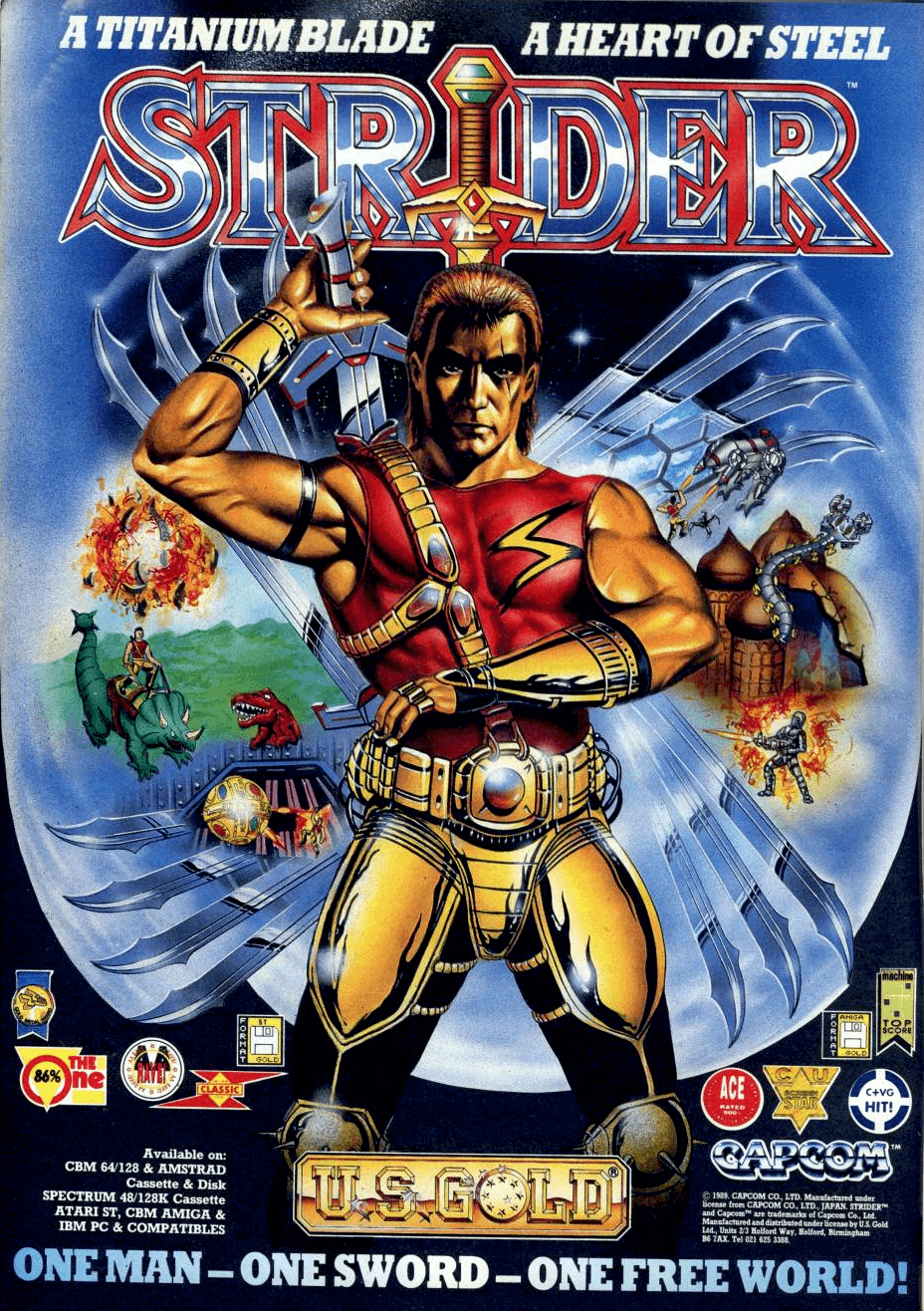
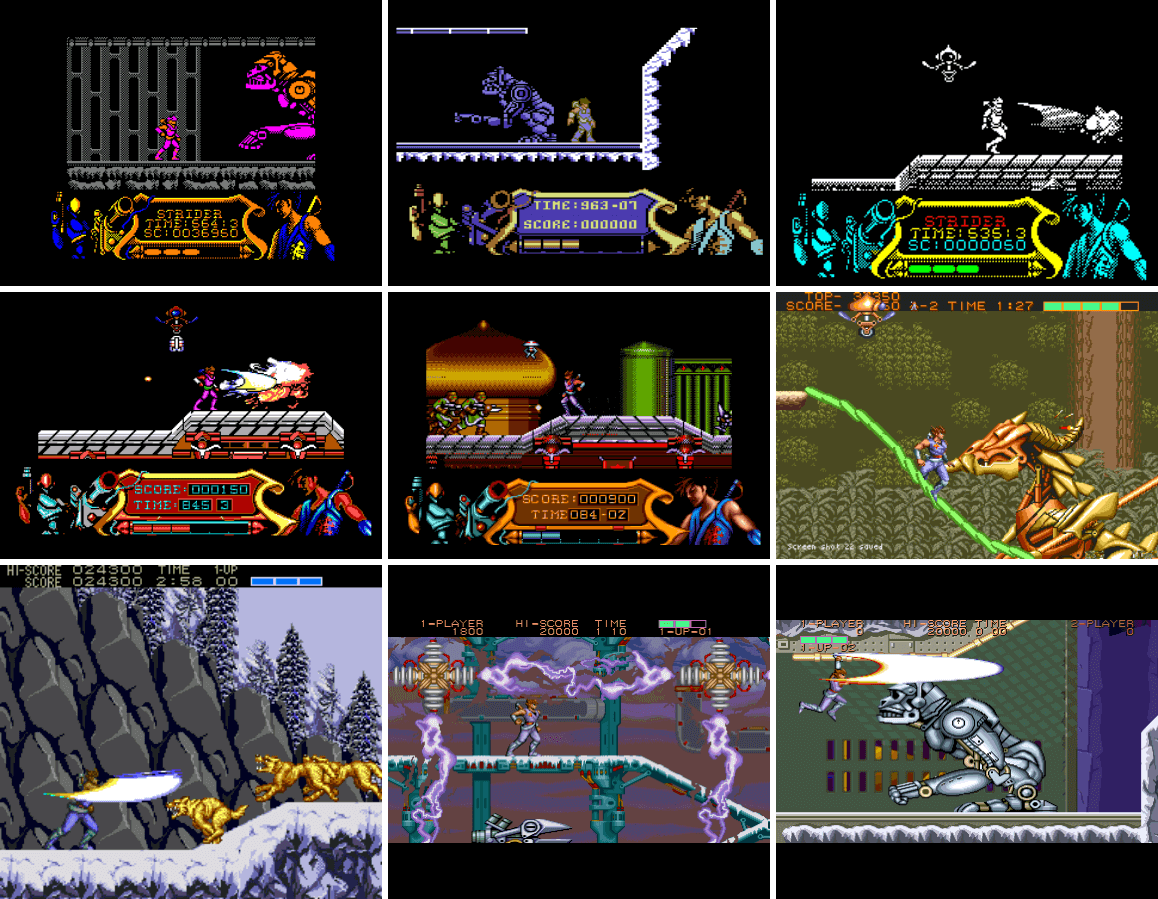
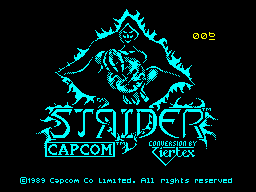
![Image For Post | Home versions
Ports of Strider for the Amiga, Amstrad CPC, Atari ST, Commodore 64, DOS, and ZX Spectrum were published by U.S. Gold and developed by Tiertex in 1989. The U.S. Gold versions has the order of the third and fourth stages swapped (the order of the cut-scenes were kept the same, causing a continuity error), and the final battle with the Grandmaster missing (the last stages ends with the battle against the giant robot gorilla Mecha Pong). As a result, the ending was changed to reveal that the events of the game were a simulation that the player was going through. All five versions featured downgraded graphics, less music and missing enemies compared to the arcade version. Additionally, the controls were modified so that the game would be compatible with one-button joystick controllers. Despite these changes, all of the U.S. Gold releases received high review scores by computer game magazines of the time. Later, in 1992, the assets of the Amiga versions were used for the conversion on the Sega Master System, also made by Tiertex. A final fight with the Grandmaster was added in this version, but the ending credits continue to say that all was just a simulation.
[Megadrive/Genesis]
Sega produced their home version of Strider for the Mega Drive/Genesis, which was released in Japan on September 29, 1990, with subsequent releases in North America and the PAL region. It was advertised as one of the first 8-Megabit cartridges for the system, and went on to be a bestseller. This version was also re-released for the Wii Virtual Console in Japan on November 15, 2011 and later in North America on February 16, 2012. The Genesis/Mega Drive version contains a different ending from the arcade game. This ending shows the destruction of the final stage as the game's protagonist makes good his escape. This is then followed by the main credit sequence that sees Hiryu flying his glider in space and reminiscing about the various encounters he had during his mission as he heads back to earth. The ending theme was an edited combination of two separate pieces of music planned for the arcade game, but replaced with a repeat of the first level music. Computer magazine ACE considered the previous Amiga conversion to be "as good as this one".
[Sharp X68000]
Capcom separately produced a version for the Sharp X68000 computer in 1991, releasing it exclusively in Japan. It is a very close reproduction of the arcade original, with minimal changes.
[PC Engine CD]
NEC Avenue produced a PC Engine version of Strider Hiryu, which was released exclusively in Japan on September 22, 1994. The PC Engine version was released as a CD-ROM² title which requires the Arcade Card expansion. The PC Engine port features an all-new desert stage that was not in the arcade version, as well as newly recorded cut-scenes, music and dialogue, with Japanese voice actor Kaneto Shiozawa as the voice of Hiryu and Kōji Totani as the Grand Master. The PC Engine version is notable for its long development process, having been planned in various formats, including the ill-fated SuperGrafx at one point.](https://cdn.imgchest.com/files/j6yxkcz397w.png)
![Image For Post | [Playstation]
The PlayStation version of Strider was first released by Capcom in 2000 as a second disc which came packaged with the PlayStation version of Strider 2. The North American release has the Strider and Strider 2 game code pressed onto the wrong disc. This version was reissued separately in Japan on October 24, 2006 as part of the Capcom Game Books series, which included an extended manual and strategy guide for the game. This makes this standalone version technically the last original PlayStation game ever made, released after the system's discontinuation in March 2006.
Unreleased SAM Coupé version
When the SAM Coupé computer (which was derived from the Spectrum but had similar graphics power to 16-bit machines) was launched, US Gold declared that "If, as with Strider, we've already produced a games across all common formats, all we have to do is simply take the code from the Speccy version and the graphics from the ST and sort of mix them together. This should take one bloke around two weeks at most". Whether this was the case or not (and it doesn't sound like good programming practice), the game was never converted to the system.
Legacy
NES game
Strider was released for the NES exclusively in North America a few months after the arcade version's release. This version was produced alongside the arcade game but follows the plot of Moto Kikaku's tie-in manga. A Famicom version of the same game was planned for release in Japan, but never made it to the shelves.
[Arcade compilations]
The original arcade version was included in the 2006 video game compilations Capcom Classics Collection: Remixed for the PlayStation Portable [PSP] and Capcom Classics Collection Vol. 2 for the PlayStation 2 and Xbox. A Japanese mobile phone version was released in 2010.
Sequels
Under license from Capcom U.S.A., U.S. Gold and Tiertex produced a Strider sequel in Europe titled Strider II (released in North America as Journey From Darkness: Strider Returns) for various computer platforms, as well as the Sega Genesis/Mega Drive, Game Gear, and Master System home consoles. This European-produced sequel was not released in Japan. Like the previous conversions of the original game, the quality of this one was very low. Capcom later produced another sequel, unrelated to the Tiertex-produced Strider Returns, titled Strider 2, which was released for the arcades and the PlayStation in 2000.
Reboot
An untitled Strider reboot game was being developed by Grin in 2009, before being canceled by Capcom, soon after Bionic Commando was released. An all-new Strider remake was developed by Double Helix Games and released on PlayStation Network for the PlayStation 3 and PlayStation 4, Xbox Live Arcade for the Xbox 360 and Xbox One, and Steam in 2014.](https://cdn.imgchest.com/files/8b49zc28nyw.png)
![Image For Post | Other appearances
Strider Hiryu also appears as a playable character in the 1998 fighting game Marvel vs. Capcom: Clash of Super Heroes, which was followed by Marvel vs. Capcom 2: New Age of Heroes in 2000. Hiryu has also made minor appearances in other Capcom-related games such as SNK vs. Capcom: Card Fighters Clash, Namco × Capcom, Project X Zone 2 and Adventure Quiz: Capcom World 2, including a small cameo appearance in Ken's stage in Street Fighter Alpha 2. Hiryu was one of the characters intended to appear in the unreleased 3D fighting game Capcom Fighting All-Stars. Hiryu's latest guest appearance was in the 2011 fighting game Ultimate Marvel vs. Capcom 3 which marked his characters official 3D debut; this game is also notable as being the first where he is voiced in English. He will return in the sequel, Marvel vs. Capcom Infinite.
Related games
Strider director Kouichi Yotsui left Capcom soon after its release. He later designed an unofficial, coin-operated sequel for Mitchell Corporation in 1996. Yotsui considers that game, titled Cannon-Dancer in Japan and Osman in the West, a "self-parody" of his work on Strider. Moon Diver is a 2011 Square Enix game that shares some of the same gameplay elements and was also created by Yotsui. The game Run Saber, released by Atlus in 1993 for the Super Nintendo, is often compared to Strider due to them being similar in gameplay.
Influence
According to Eurogamer, Strider was a vital influence on video game franchises such as Devil May Cry, Ninja Gaiden and God of War. British rapper Tinchy Stryder named himself partially after Strider, which he often played as a boy. In October 2012, Brazilian guitarist Pedro Pimentel releasead a tribute theme to this game series - also named "Strider" and included in his debut solo album (self-titled). As published in the Brazilian edition of Guitar Player magazine (March 2013), "'Strider' is a composition with a very modern theme and great guitar solos. Good quality recording and very tasteful tones.".
Alternate Titles
"ストライダー飛竜" -- Japanese spelling
"Strider Hiryū" -- Japanese title
[Other versions released in the '90s]
1990 - Sega Mega Drive/Genesis
1991 - Sega Master System
1992 - Sharp X68000
1994 - Turbografx CD/PC Engine CD](https://cdn.imgchest.com/files/nl4nec8684m.png)
